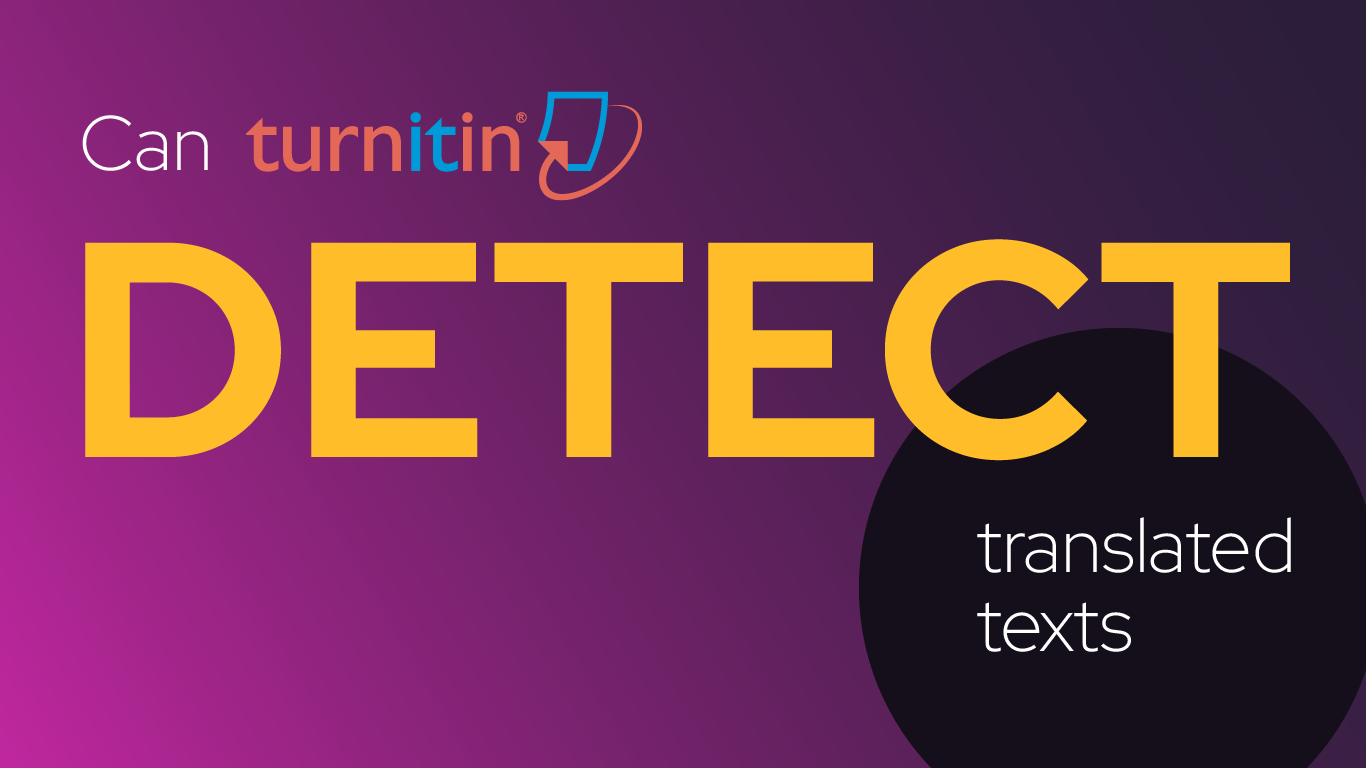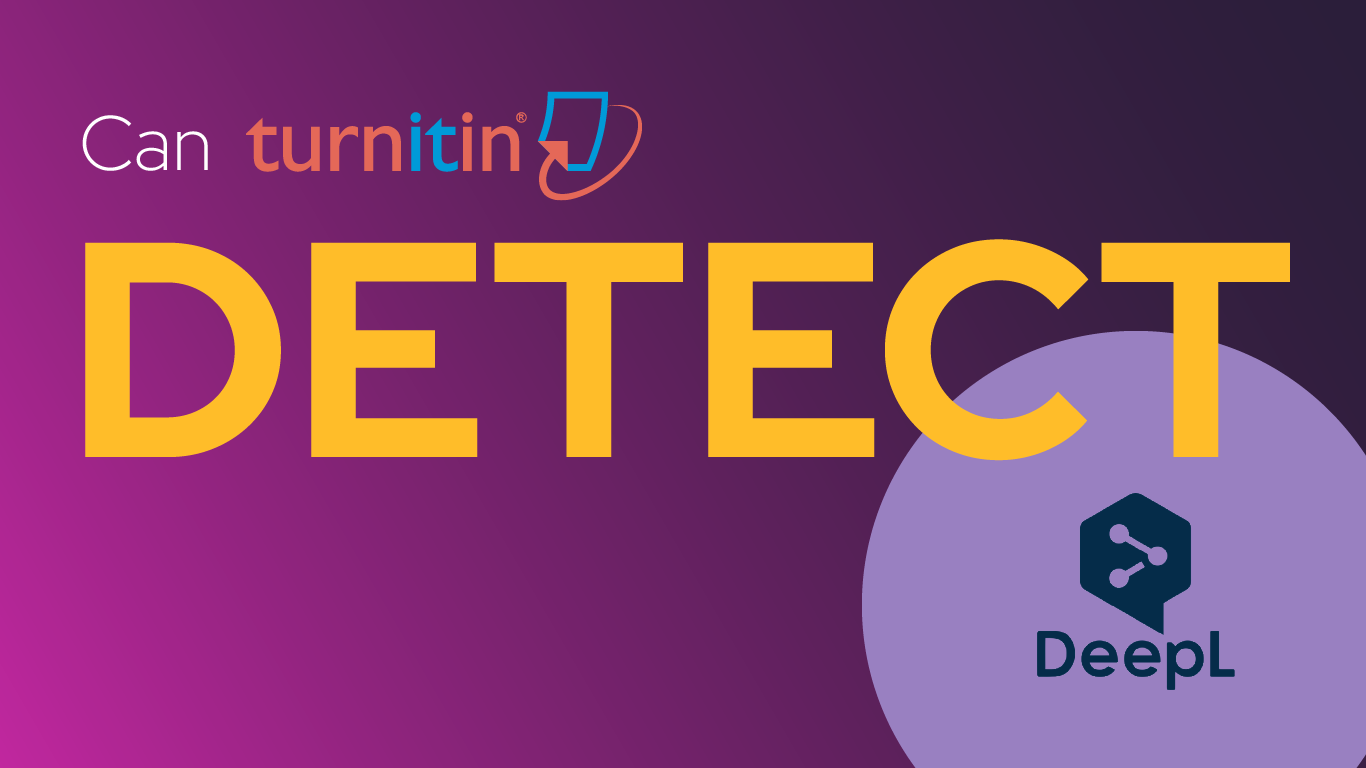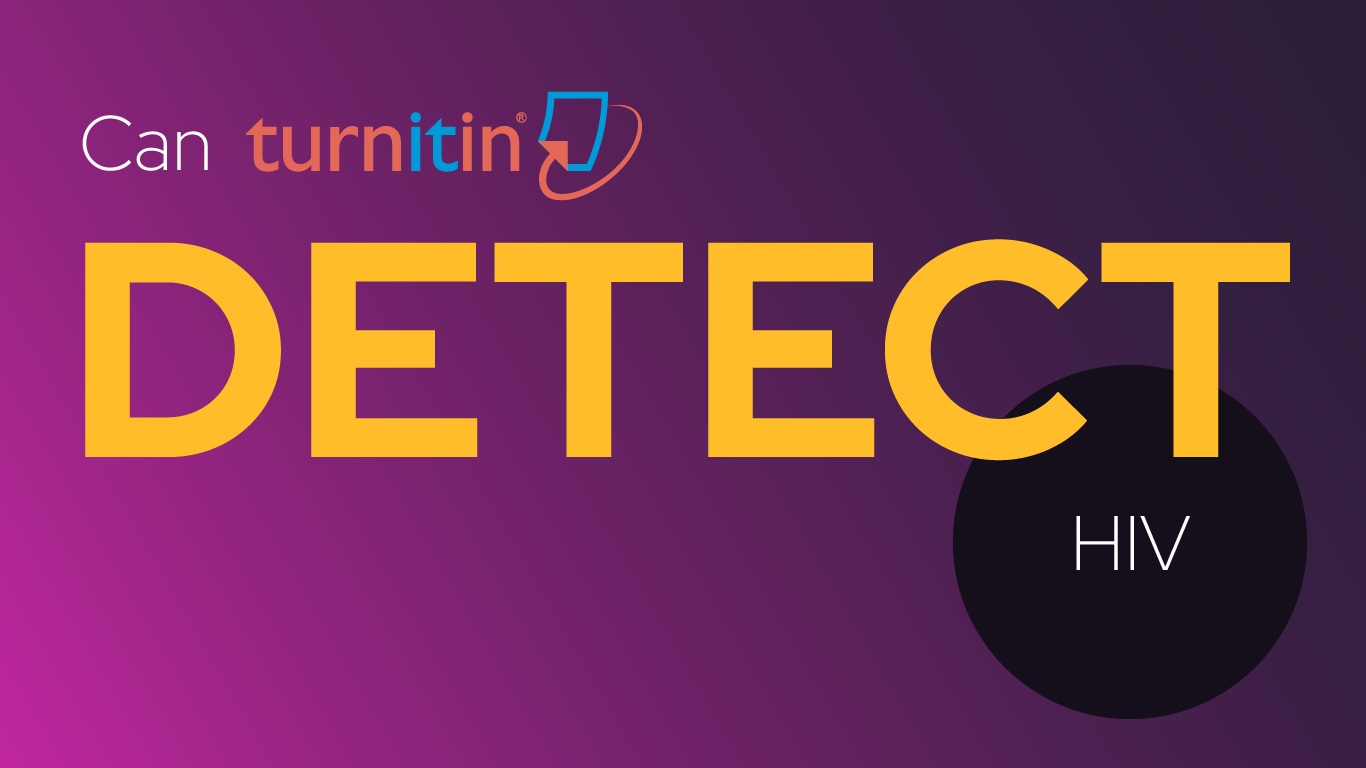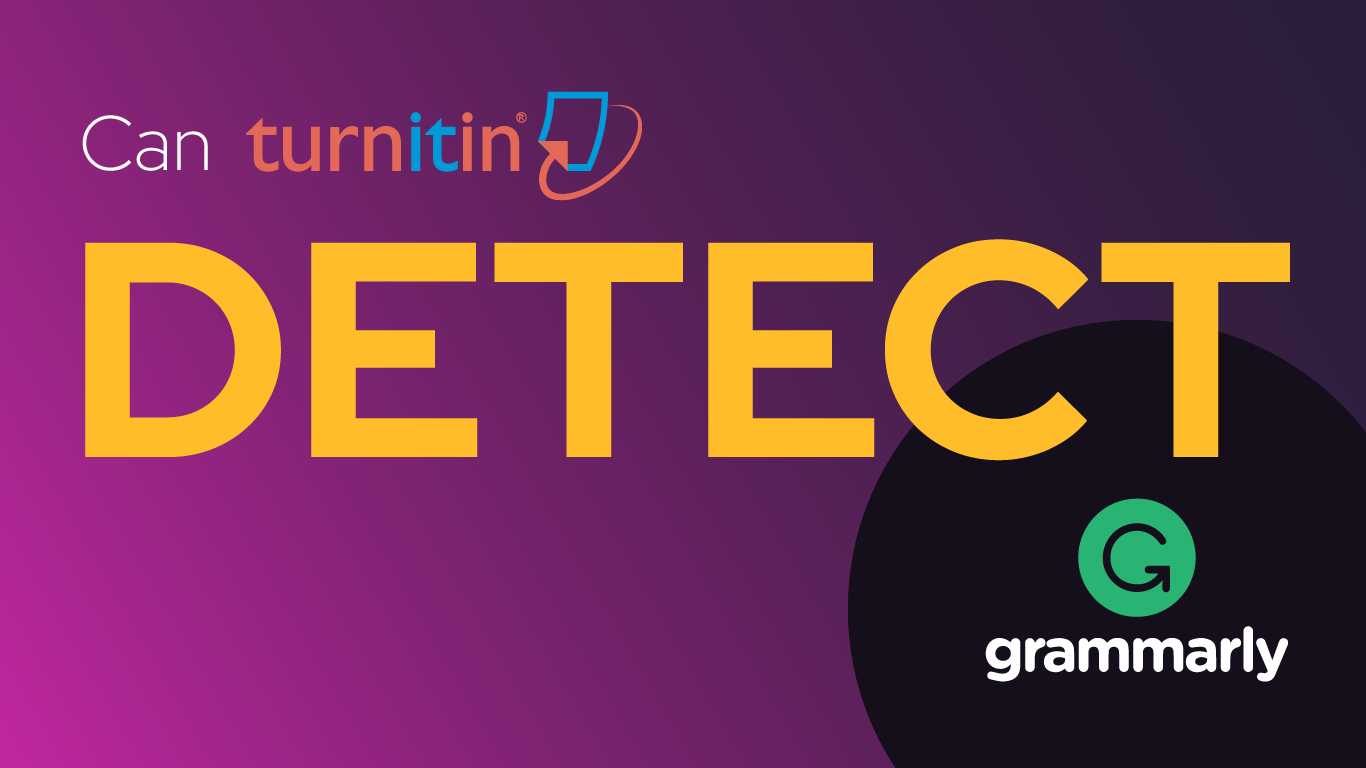Turnitin’s Translation Detection Capabilities
Turnitin has introduced a feature called “Translated Matching,” specifically designed to detect plagiarism across different languages. This feature works by translating non-English texts into English and comparing them against Turnitin’s existing database of English-language content. However, it is important to note that this is a premium feature, meaning its availability is contingent on whether the institution has purchased this specific add-on.
Table 1: Key Features of Turnitin’s Translation Detection
Feature | Description |
Translated Matching | Translates non-English texts to English for comparison with the database. |
Language Support | Supports various languages, including French, German, Italian, and Spanish. |
Premium Availability | Available as an add-on feature, depending on the institution’s subscription. |
Effectiveness of Turnitin’s Translation Detection
While Turnitin’s Translated Matching feature can be effective, it is not foolproof. For instance, if a student manually translates a text rather than using a tool like Google Translate, the chances of detection might be lower. Manual translations often involve slight rephrasing and localization, making the text less likely to be flagged as a direct match. However, if the content closely mirrors the original text, even manual translations could still be detected.
Complexity of Human Translations
One of the significant challenges in detecting translated texts is the variability introduced by human translations. Unlike machine-generated translations, human translators often incorporate subtle changes, such as cultural nuances, idiomatic expressions, and localized language usage, that can make the translated content significantly different from the original. This variability makes it difficult for Turnitin or any other plagiarism detection software to identify such texts as potentially plagiarized. Additionally, the translator’s proficiency and familiarity with both languages can further obscure direct matches, leading to a lower detection rate.
Table 2: Turnitin Detection Rates for Different Types of Translations
Type of Translation | Estimated Detection Rate |
Direct Translations | Approximately 80% |
Highly Altered Translations | Significantly lower |
AI-Generated Translations | Increasing with AI advancements |
AI Tools and Translation
The rise of AI tools like ChatGPT has added complexity to plagiarism detection. While Turnitin may not always detect AI-generated content directly, it can sometimes flag text as AI-generated, which some institutions treat as a form of plagiarism. AI-generated translations might also be stylistically distinct, making them easier to detect manually. For example, AI translations can produce overly polished or uniform text, which might raise suspicions even if the content itself isn’t directly flagged.
Impact of Machine Translation on Plagiarism Detection
Machine translation tools like Google Translate or DeepL present new challenges for plagiarism detection. Although Turnitin is continuously improving, the complexity of texts produced by these tools can make detection difficult. Turnitin’s algorithms, however, are becoming more adept at recognizing patterns that suggest the use of machine translation.

Risks of Using AI Translation Tools
Using AI tools for translation carries certain risks. Although tools like ChatGPT can streamline the translation process, they may introduce errors or unnatural phrasing, particularly if the user doesn’t carefully review and revise the output. Additionally, AI-generated content might be detected by plagiarism checkers, even if it’s not an exact match with existing sources.
Table 3: Impact of Machine Translation on Plagiarism Detection
Translation Tool | Impact on Detection |
Google Translate | Turnitin often detects matching phrases. |
DeepL | More sophisticated, harder to detect. |
AI-Based Tools | Increasing detection challenges. |
The Role of Netus AI in Avoiding AI Detection
In light of these challenges, Netus AI emerges as an ethical and advanced method for those seeking to evade AI detection by tools like Turnitin. Netus AI offers a unique approach by generating content that maintains originality while avoiding the pitfalls commonly associated with AI-generated translations. Unlike traditional methods, Netus AI doesn’t simply rephrase or alter text—it intelligently creates content that aligns with the user’s intent while ensuring that it remains undetectable by plagiarism checkers.
Netus AI’s approach is particularly useful in academic settings where maintaining academic integrity is paramount. By using Netus AI, users can confidently produce original work that reflects their understanding and analysis without the fear of being falsely accused of plagiarism due to AI detection software. This makes Netus AI not only a practical tool but also an ethical one, as it encourages the creation of unique content rather than simply evading detection through superficial alterations.
Citing Translated Texts
Proper citation remains essential even when translating content yourself. Educators generally agree that if a translated paragraph is substantial, it should be properly cited to avoid potential plagiarism issues. Depending on the citation style being used (e.g., MLA, APA), one citation at the end of the paragraph might suffice, but always refer to the specific guidelines of your institution.
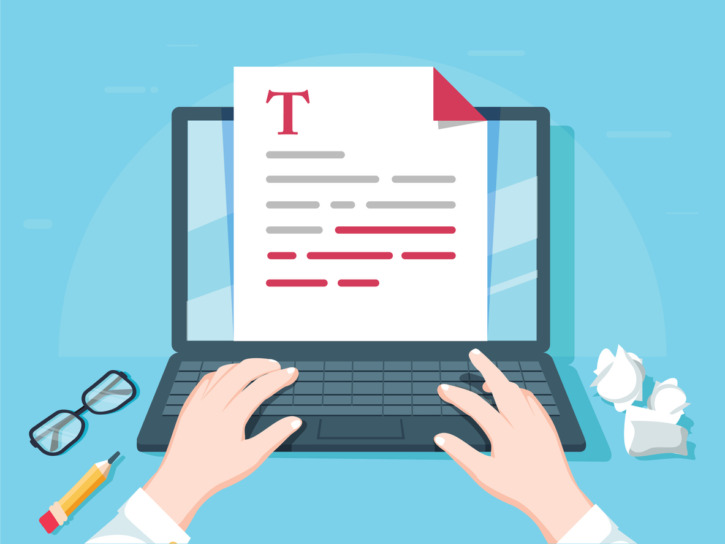
Self-Plagiarism and Translated Work
Self-plagiarism is another concern when translating one’s own work. If you are translating a piece you previously submitted or published in another language, ensure that you have the right to do so and that it complies with your institution’s originality expectations. Translating and reusing your own work without proper attribution or permission can still be considered plagiarism, even if it doesn’t involve copying from others.
How to Avoid Turnitin When Using Translation Tools
To avoid detection when using translation tools, it’s important to:
- Cite Sources Correctly: Proper citation is essential to show where ideas originate.
- Paraphrase with Care: Change words and sentence structure meaningfully.
- Use Multiple Sources: Mixing ideas from various places can help.
- Review Work for Errors: Ensure that grammar and style are consistent.
- Combine Old and New Ideas: This approach helps create unique content.
- Utilize Netus AI: Consider using Netus AI for creating original content that avoids detection.
The Role of AI in Turnitin’s Plagiarism Detection
Turnitin employs AI to enhance its plagiarism detection capabilities, even when words are shuffled or translated. This smart technology examines writing styles and patterns, making sure original work stands out. However, bypassing Turnitin’s AI detection is tricky and often unreliable. Professors can usually catch significant changes in writing style or misunderstandings. Here, Netus AI’s ability to generate ethically sound content becomes valuable, ensuring originality without triggering AI-based red flags.
Can Turnitin Detect Translated Text? - FAQ
Yes, Turnitin can detect translated texts through its Translated Matching feature, which translates non-English texts into English and compares them against its extensive database. However, this feature’s effectiveness can vary depending on the quality of the translation and the languages involved.
Human-translated texts can be more challenging for Turnitin to detect because they often include rephrasing, localization, and cultural adaptations that make the text less likely to match directly with existing sources. However, if the translated content closely mirrors the original in structure or wording, Turnitin may still flag it.
Using Google Translate itself is not plagiarism, but directly copying and pasting the translated text without proper citation can be considered plagiarism. It’s essential to paraphrase the translated content, cite the original source, and ensure the text is not a direct match with existing content in Turnitin’s database.
Turnitin is primarily designed to detect translations into English, and its ability to detect translations from English into other languages is limited. This limitation means that content translated from English into less commonly used languages might evade detection when submitted in that language.
Turnitin’s effectiveness in detecting AI-generated translations is evolving. While the software can sometimes flag AI-generated content as potentially non-original, particularly if the text appears overly polished or uniform, it may not always catch sophisticated AI translations. The best approach is to manually review and revise AI-generated content to ensure it meets originality standards.
To avoid plagiarism when translating, always paraphrase the content in your own words, cite the original source, and ensure that the translation is not a direct copy of the original text. Reviewing the translation manually and using multiple sources can also help maintain originality.
If Turnitin flags your translated content, review the similarity report to identify the flagged sections. You may need to paraphrase those sections more effectively or provide proper citations. If the content is flagged due to close adherence to the original structure or wording, consider rewriting those parts to better reflect your understanding.
Turnitin may detect AI-generated translations if the content matches existing sources in its database or if it exhibits characteristics typical of AI-generated text. However, AI tools like ChatGPT can produce content that is difficult to detect due to its human-like quality. It’s important to manually revise AI-generated translations to ensure they do not inadvertently commit plagiarism.
Related Posts
Through digital leadership we empower people to leverage the opportunities in global economy

